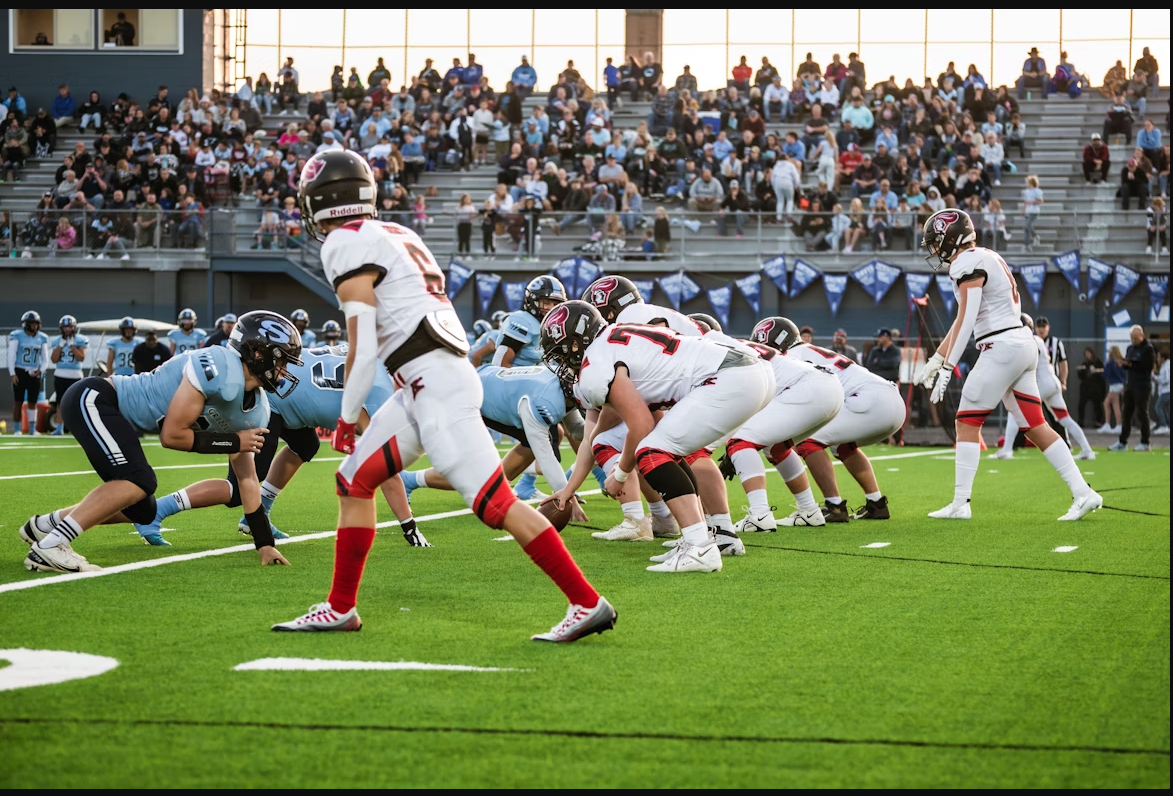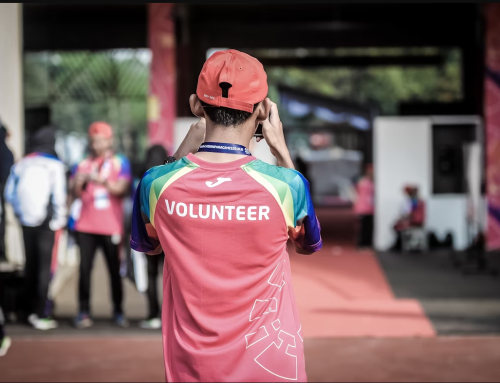High school sports have always been a great source of discipline, community, and physical development for young athletes. However, with growing competitiveness and intense training regimens, ensuring safety has become a serious priority.
According to the CDC, about 70% of emergency visits for sports/recreation TBIs involve children 17 and under. As one might expect, boys have 2x the rate of emergency department visits for sports and recreational TBIs than girls.
The conversation around safety often stops at helmets and first-aid kits, but in today’s world, that’s not enough. Coaches, schools, and parents must also be aware of lesser-known risks, from emotional strain to chemical exposures tied to sports facilities and gear.
This article explores key areas of safety that all stakeholders should be considering. Let’s look at what safe sports participation in high school should really involve.
Preventing Injuries on the Field
Physical safety is often the first thing that comes to mind when discussing sports-related risks—and for good reason. Sprained ankles, concussions, and ACL tears are common in high school athletics.
UC Davis Health stresses the importance of avoiding early specialization in sports. They point out that year-round training in one sport has been linked to increased risk of overuse injury and burnout. It is also advised that training intensity is only increased by 10% each week and that athletes get at least one day off from activity.
Many of these injuries are preventable with the right protocols in place. Most importantly. Coaches play a central role here, starting with ensuring proper warm-ups and sport-specific conditioning. The fact is that ensuring athletes gradually build up strength and flexibility can dramatically reduce the risk of strains or tears.
Another key factor is up-to-date and well-maintained equipment. Helmets, pads, shoes, and even mouthguards must be regularly checked and replaced when worn out. Poor-fitting gear is almost as bad as no gear at all. Additionally, teaching athletes the correct techniques with regard to tackling, jumping, or landing.
Concussion protocols also need to be strictly followed. Coaches must be trained to recognize the signs early, and schools should adopt a no-tolerance policy when it comes to returning too soon after a head injury.
Dealing With More Invisible Hazards
Not all threats to student-athletes are visible on the field. Environmental hazards such as poorly maintained turf, extreme weather exposure, or even contaminated surfaces can pose long-term risks that many overlook. One particularly concerning area is exposure to harmful chemicals in athletic environments.
For instance, some artificial turf and sports gear are treated with fire retardants and other compounds that may contain toxic substances. The University of Massachusetts Lowell noted that, based on academic studies, turf blades and infills contain fluorine levels as high as 661 µg/g. This is said to be an indicator of polymeric PFAS.
With the AFFF foam lawsuit situation getting increasing attention, chemical safety awareness should be a high priority for coaches and school administration. If you’re unfamiliar with what AFFF means, it refers to ‘Aqueous Film Forming Foam,’ a type of firefighting foam linked to cancer-causing chemicals known as PFAS.
As TorHoerman Law notes, it is typically used in military and firefighting training. However, as we can see, the data shows that the same chemicals are present in other materials as well.
Students and coaches really should ask questions about what chemicals are present in their environment. Are locker rooms sanitized with safe agents? Is the turf safe to practice on after rainfall or cleaning? With sports and athletics, there’s always a culture of not coming across as soft or fussy.
However, if the consequences include cancer in the long run, then let’s not allow macho pride to get in the way of staying safe.
Remembering not to Neglect Emotional and Mental Well-being
Amid the focus on physical fitness and winning games, the mental and emotional health of student-athletes can easily get lost in the noise. Yet this area is just as important when discussing safety.
Studies indicate that 91% of high school athletes reported some level of stress due to playing sports. Unsurprisingly, self-pressure and fear of failure ranked as the top causes of their stress. These students also recognize that they need help, as only 18% believed professional help wouldn’t be helpful.
If the stress that athletes face is left unaddressed, it can eventually lead to anxiety, depression, and burnout. Coaches should recognize that empathy and clear communication are just as important as training drills and game plans. A coach who encourages honest conversations and checks in with players can help build psychological resilience in their team.
Schools should also consider bringing in counselors trained to work with athletes, or at the very least, making mental health resources more visible and accessible. Signs of emotional distress, withdrawal, irritability, and lack of focus should be treated with the same urgency as a limp or a visible bruise.
Normalizing the idea that it’s okay to not be okay is essential. Sports can be a powerful tool for character development, but only when athletes are supported both physically and emotionally.
Frequently Asked Questions
1. What happens to most high school athletes?
Most high school athletes rarely play professionally or go on to play even at a college level. For most students, sports are a great way to stay active and engage in some healthy camaraderie. After graduation, they usually move on to other career paths or interests.
2. What is the most common injury in high school?
Ankle sprains are probably the most common injury among high school athletes, especially in sports like basketball, soccer, and football. They happen easily from quick movements or awkward landings. They’re usually not serious, but they can sideline a player for a while if ignored.
3. What should a coach do if a player is injured?
If a player gets injured, the coach should stop the activity immediately, check on the player, and make sure they get proper medical attention. It’s also important to stay calm, inform the parents, and never push the player to keep playing through pain.
There’s a lot more riding on high school sports than scores and scholarships. When we zoom out, what we’re really doing is shaping habits about health, toughness, self-awareness, and trust. If the adults in the room aren’t paying attention to safety from all sides, then the game is rigged from the start. That’s not a lesson we want any student to walk away with.






